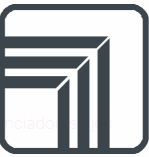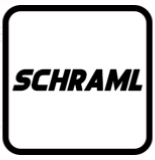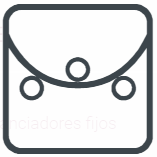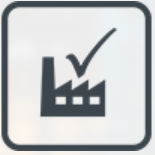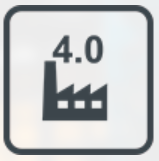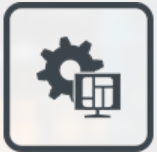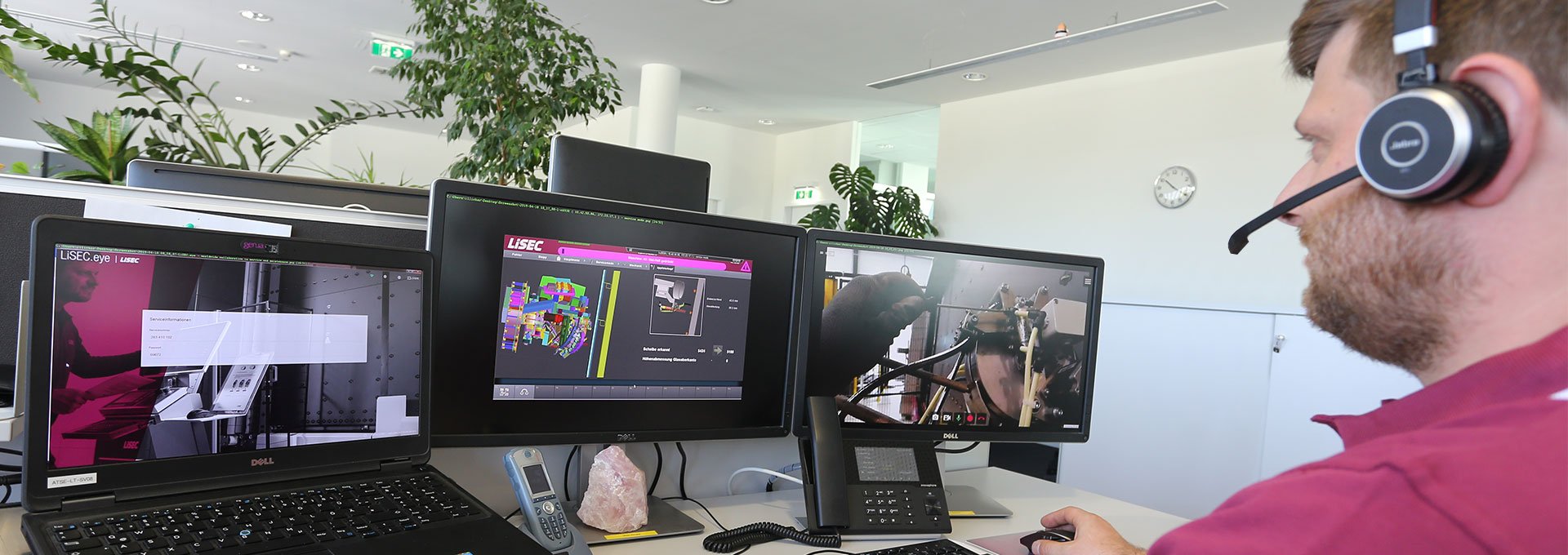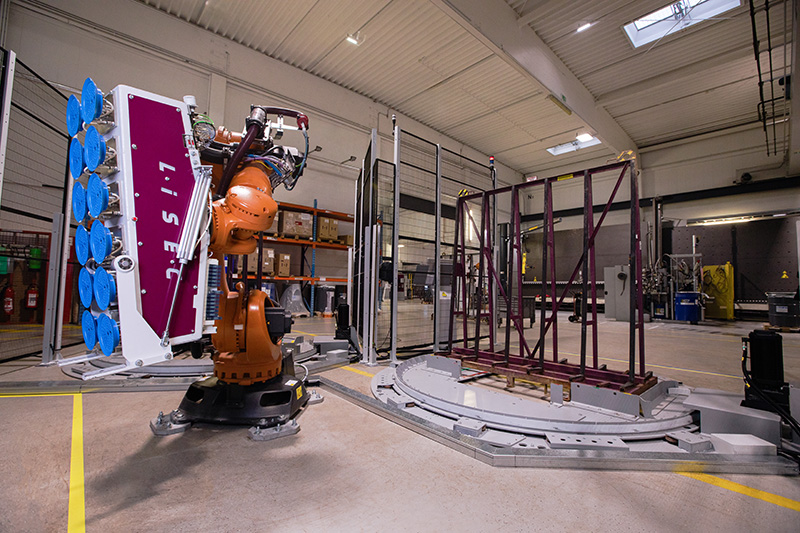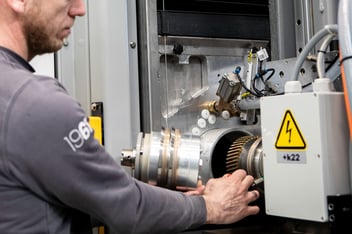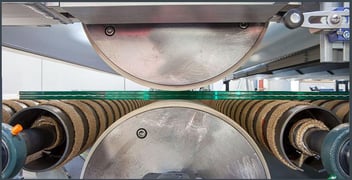When asking for greater efficiency, productivity and cost optimization, the answer is increasingly automation. From production to logistics, flat glass processing companies are relying more and more on automated solutions to simplify processes and increase overall performance. What industry-proven approaches are currently available for the automation of a flat glass production? And what impact do they have?
THREE KEY FIELDS OF ACTION
Increased efficiency and improved quality are achieved in flat glass processing primarily through the use of robots and automated intralogistics. While robots reduce the error rate and improve process reliability, customized intralogistics solutions enable the efficient combination of individual processes into a single plant flow. In the background a powerful software controls and optimizes the material flow in a fully automated machine network.
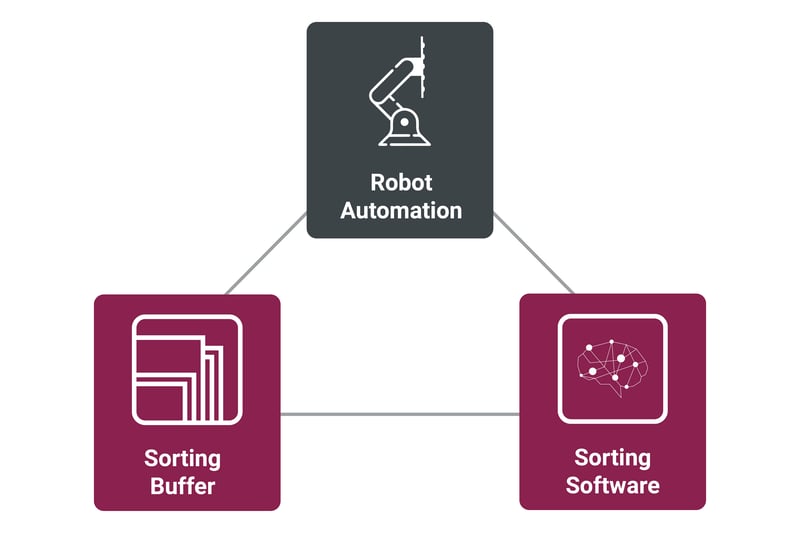
PROCESS RELIABILITY THANKS TO ROBOT SOLUTIONS
Robots make a key contribution to process reliability. They handle and transport glass products precisely and are characterized by consistent accuracy and repeatability during revolving work. This increases the quality of the glass products and reduces rework times.
Robots are particularly suitable for loading and unloading processes where flexibility is required, such as cutting, loading of a tempering furnace, and insulating glass production. A crucial factor is the use of solutions optimized for the glass industry, which are for example equipped with the appropriate suction technology or are programmed to set glass down gently to prevent breakage.
Benefit from robots: Robots can be integrated into existing production lines quickly without a large space requirement. Tilt tables and / or transport fields can be replaced by robots. The overall integration into the existing processes is important, e.g. integrating a downstream rotary platform to ensure a continuous workflow.
OPTIMIZED MATERIAL FLOW WITH THE HELP OF BUFFER SYSTEMS
The implementation of a high-quality buffer system helps to avoid incorrect loading, ensures the traceability of the glass, and prevents disruptions on the production lines.
The aim of buffer and sorting systems is the smooth and continuous supply of the process steps. This is made possible by the intermediate storage of semi-finished products, which can be retrieved at any time in line with the production progress. For example, during optimized cutting the glass sheet can be optimally utilized by integrating sheet sizes from later production batches. The panes are temporarily stored in the buffer, retrieved as required in the respective production batch and further processed into e.g. insulating glass units.
Modern buffer systems are highly automated and can be used 24/7. They are designed to ensure a high running performance with minimal maintenance, which increases the productivity and reliability of the system.
Benefit from sorting buffer systems: Buffer systems can be customized to meet the specific requirements of a plant. In addition to the shopfloor environment and the product mix, the glass sizes, glass thicknesses and cycle times used in the plant are also considered. Buffers offer a high degree of networking versatility with upstream and downstream processes; for example, several cutting lines can be combined in one buffer. In addition to fast and flexible integration into existing production lines, buffer solutions are also ideal for use in greenfield projects.
PACEMAKER SOFTWARE: THE HEART AND BRAIN OF AUTOMATED PRODUCTION
Fully automated production is only possible with the help of a software solution that controls and optimizes the material flow through the machine network. While the intralogistics and the sorting buffer system transport and temporarily store the glass panes, the software knows the origin of the pane, the completed and following production steps and even the final location on the delivery rack. The operator can always see the location of each individual pane in the plant and can therefore influence the system to e.g. trigger remakes.
The software also automatically supplies the machines in the network with the required data. There is no need for operator input at the machines and the cycle time is reduced to the actual processing time at the machine. This enables batch size 1 products to achieve throughput times that would otherwise only be possible with series production. A prerequisite for seamless integration into the production process is that the software supports many machine types from different manufacturers.
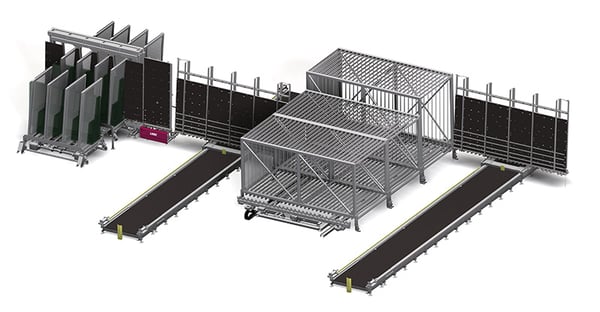
Benefit from software-controlled sorting systems: The switch from manual to fully automated production is a major change. Production planning and the synchronization of work steps must be adapted to the new working method in advance. Conventional buffer solutions store approx. 4 - 6 h of production, which is why, for example, the early cutting of glass that was temporarily stored on A-racks and only used days later is a waste of space that has a negative impact on system performance. Let a competent partner with user experience assist you with the integration of your fully automated solution!
More about automation:
SUMMARY
Automation is becoming increasingly important in flat glass processing. Robot solutions, customized intralogistics systems and software-controlled sorting buffer systems enable more efficient production, higher product quality and lower error rates. Well thought-out integration of automation solutions is possible for both existing plants and greenfield projects.


